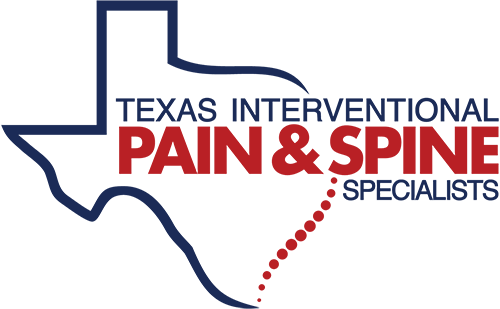Are you tired of living with chronic pain? Have you tried various treatments with little to no success? If so, you’re not alone. Many individuals suffer persistent pain that impairs their daily activities and quality of life. This document will go in-depth on this procedure, addressing its benefits, how it has been carried out, and any possible risks. Whether considering this treatment or curious about its effectiveness, keep reading to discover how genicular nerve block could answer your pain woes.
Genicular Nerve Block
A genicular nerve block is a procedure that aims to provide pain relief by anesthetizing or “blocking” the genicular nerves that deliver pain signals to the brain from the knee joint. The procedure reduces knee pain by numbing these nerves with a local anesthetic.
Tiny needles inject the local anesthetic into the genicular nerves during the procedure under live X-ray guidance (fluoroscopy) to ensure precise and accurate placement. Given that it only takes 5 to 10 minutes, the technique appeals to patients looking for quick pain relief.
The Procedure: Step by Step
Gain the knowledge and preparation needed for effective chronic migraine treatment. Let us delve into the procedure details without delay.
1. Patient Evaluation:
During this initial evaluation, the medical professional will determine the patient’s suitability for the procedure. It involves discussing the patient’s medical history and any relevant diagnostic tests.
2. Preparation:
The patient will be guided through the necessary steps to prepare themselves mentally. It may include fasting requirements or adjustments to medication, depending on the specific procedure.
3. Anesthesia:
Local anesthesia is administered to numb the specific area where the procedure occurs. The medical professional will choose the anesthetic technique while considering the patient’s medical history and potential risks or side effects. These are minimally invasive and frequently done as outpatient procedures.
4. Fluoroscopic Guidance:
During the procedure, live X-ray guidance, or fluoroscopy, ensures accurate needle placement. This real-time imaging technique allows the medical professional to navigate the needle and achieve optimal results. The success of the Surgery and the reduction of any possible dangers depend on precise needle placement.
5. Injection:
This process follows specific techniques and takes necessary precautions to ensure patient safety. The local anesthetic injection helps reduce pain or discomfort and is integral to the procedure.
6. Recovery:
After the procedure, knowing what to expect during the recovery phase is essential. The patient might feel a little numb or mildly uncomfortable in the location where the injection was given right away after the surgery. The medical professional will provide specific instructions on post-procedure care to promote a smooth and speedy recovery.
Benefits of Genicular Nerve Blocks
Now that we understand what a genicular nerve block is and how it works, let’s explore the many benefits it offers:
1. Effective Pain Relief:
One of the primary benefits is their ability to provide adequate pain relief. By blocking the genicular nerves, the procedure interrupts the transmission of pain signals, offering much-needed respite to individuals suffering from chronic knee pain.
2. Minimally Invasive:
Unlike surgical interventions, they are minimally invasive. The procedure involves the application of local anesthesia through small needles, eliminating the need for large incisions or extensive tissue manipulation. It makes a safe and less invasive alternative for individuals who prefer to avoid the dangers and recuperation time related to Surgery.
3. Avoiding Surgery:
They can help patients avoid undergoing Surgery for pain relief. By providing effective pain management without surgical intervention, the procedure offers a non-surgical option for those who may not be suitable candidates for Surgery or prefer a conservative approach.
4. Improved Mobility:
Chronic knee pain can impact an individual’s mobility, hindering their ability to perform daily activities or enjoy their favorite hobbies. They can improve mobility by alleviating pain, allowing patients to regain their independence and engage in physical activities they may have avoided before.
What to Expect After the Procedure
After the procedure, some immediate relief from knee pain may be experienced, but the full effects may take a few days to manifest. Post-procedural discomfort, swelling, and bruising are normal and can be controlled with enough care and over-the-counter pain medications. Activity restrictions and potential side effects should be considered, but serious complications are rare. Each patient’s response to the procedure may vary, so speak with a healthcare professional like Dr Umar Mahmood at Texas Interventional Pain and Spine to discuss any concerns or questions.
Conclusion
Genicular nerve blocks are an up-and-coming solution for individuals suffering from chronic knee pain. This procedure offers a potent means of reducing pain and improving quality of life.. These can reduce discomfort and restore mobility by targeting the nerves responsible for signaling pain in the knee. If you are experiencing persistent knee discomfort, it is crucial to consider contacting a doctor. Do not let knee pain hinder daily life any longer; exploring the possibility of this procedure could be the first step towards a pain-free and active lifestyle.
Contact a medical professional today to discuss the potential benefits of genicular nerve block injection and take control of knee pain.
